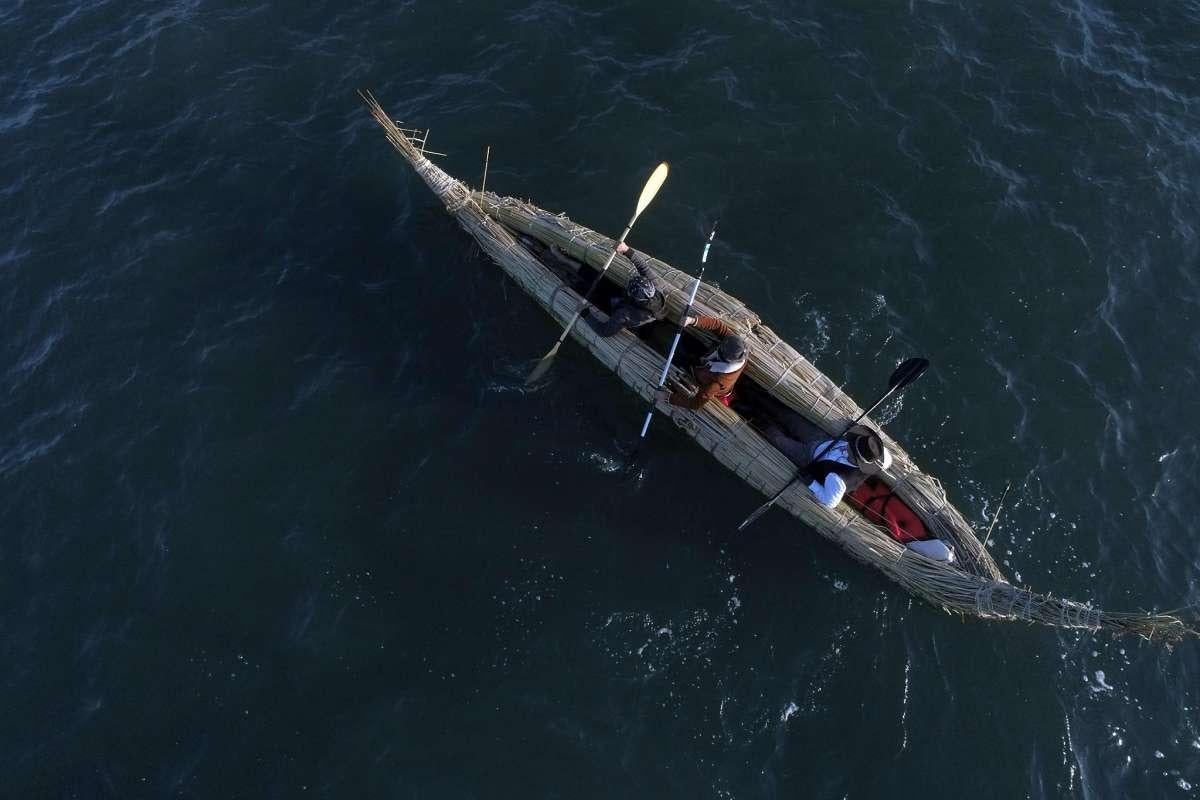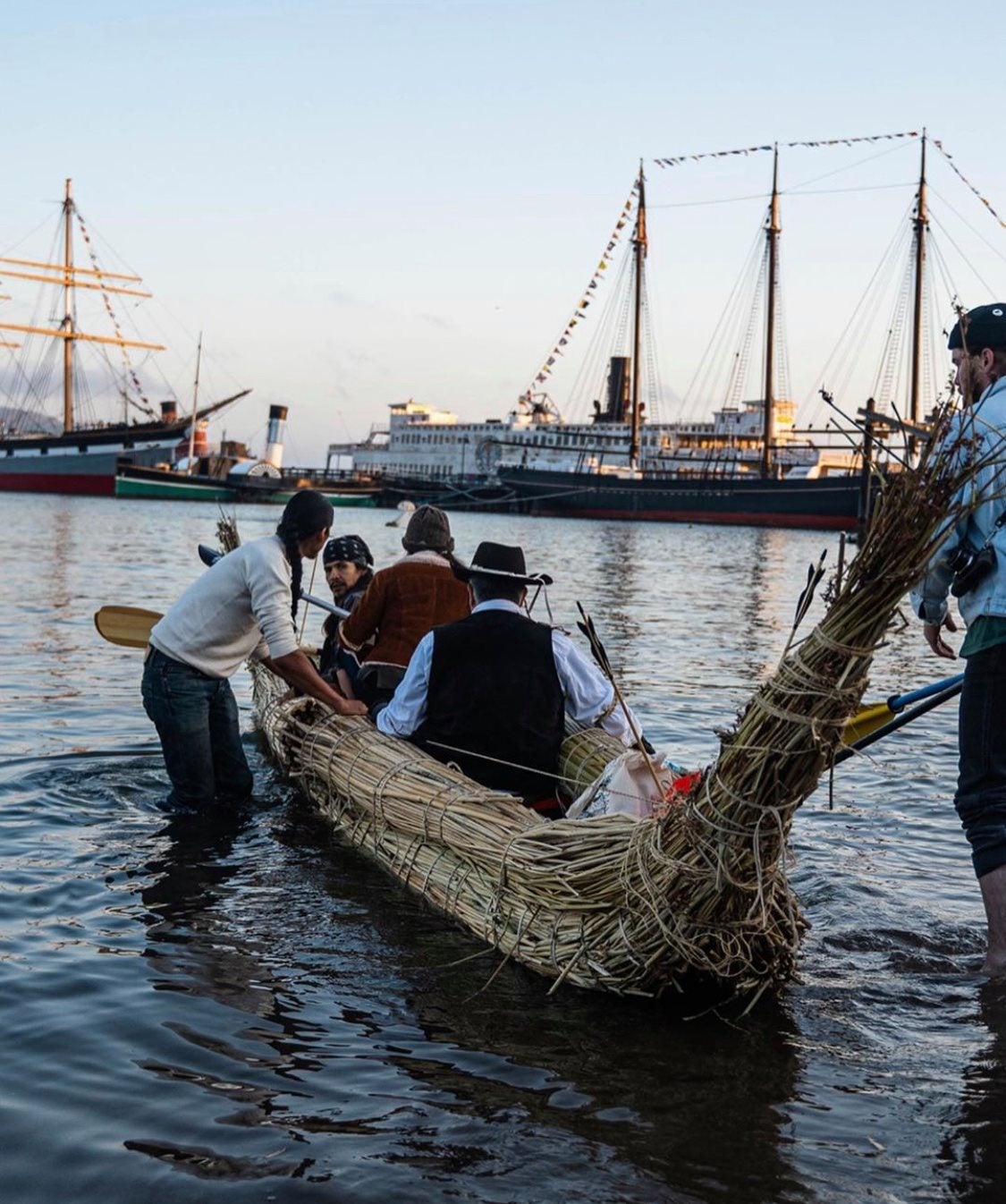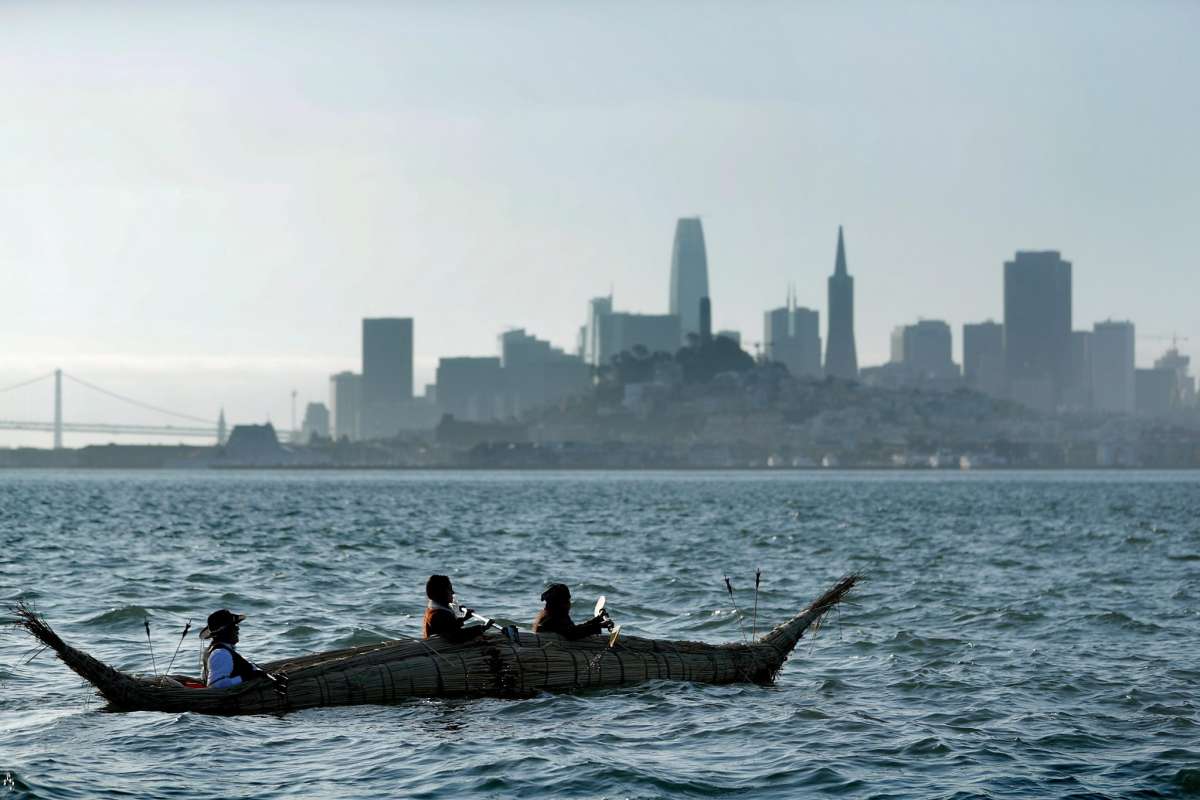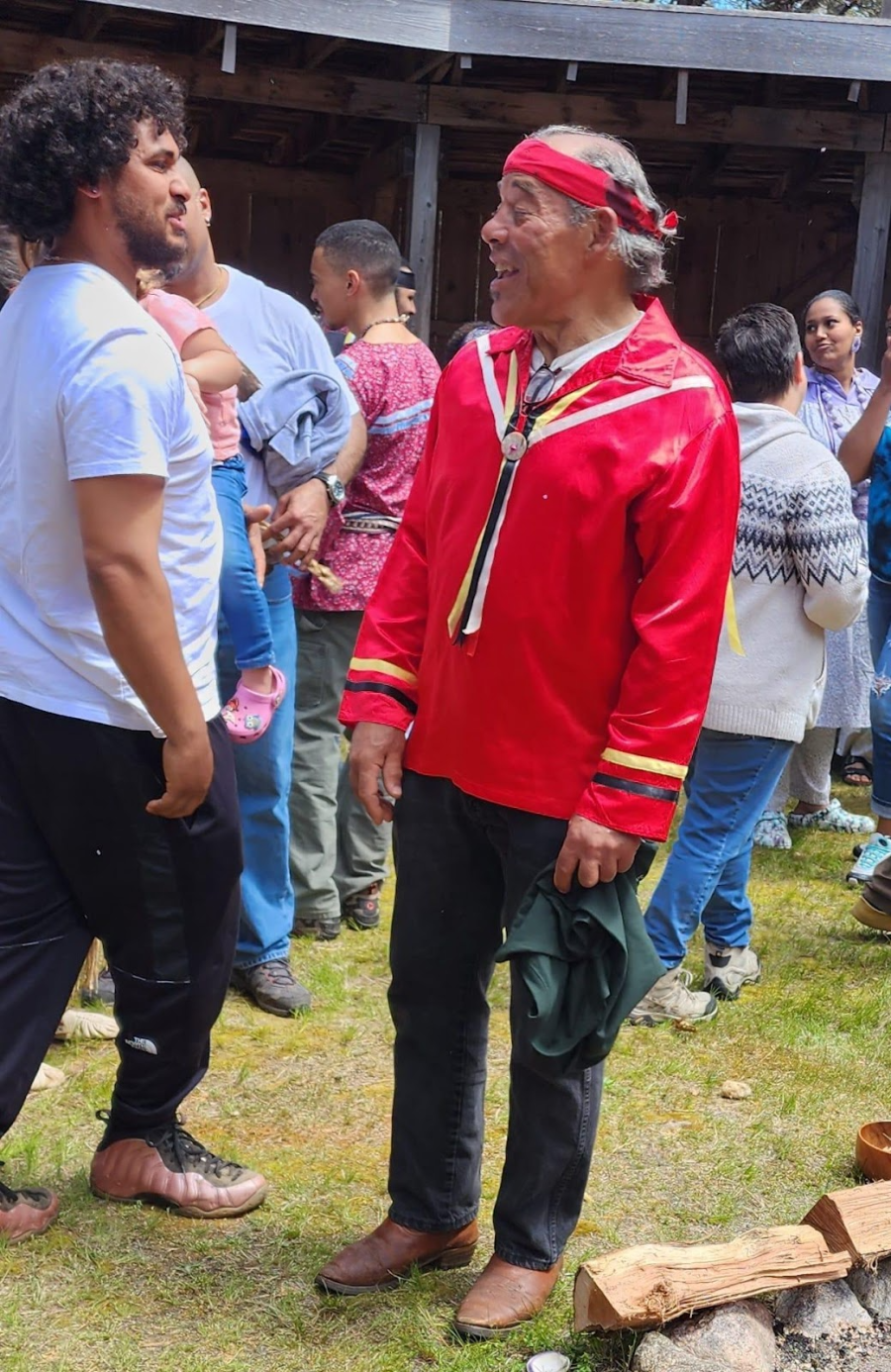
By Antonio Moreno
In 1969, a group of 89 Native people calling themselves Indians of All Tribes occupied Alcatraz Island in San Francisco Bay in a demonstration for the rights of American Indians. Fourteen people went through a Coast Guard barricade, to land on Alcatraz in order to make a statement about the need for the U.S. government to keep their word regarding the treaties with Native Peoples within the U.S. boundaries.
They physically occupied the Island-Rock as the only means to bring attention to the larger and more important issues. The treaties signed with the U.S. government and ratified by Congress that were promised and signed to provide Native people services like healthcare, education, and social services.
As history proves, not even one of these treaties has been fully honored. While Tribes had all signed in good faith treaties have been broken, breached, and dishonored. Although the treaties were not honored, this action of occupying abandoned federal lands rightfully and legally via constitutional clause did manage to influence the national policy from one of termination to one of self-determination, which is worth noting and celebrating.
November 20, 2019, marks the 50th Anniversary of that historic event which lasted 19 months, representative of the number of imprisoned Hopi on Alcatraz during the boarding-school era. The Hopi were held there for refusing to allow their children to be taken-by force from their families to boarding schools, where Native children were terrorized and punished for being Native. Speaking their language or practicing anything remotely related to their heritage was severely punished and was systematically followed by the stripping of their cultural values while imposing a foreign one.
These and many more examples of courage are why we are indebted to those wise parents and grandparents who stood strong against forced dominant and violent oppressive genocidal policies. As the original inhabitants of this continent, with the knowledge of our responsibilities to our Mother Earth and her future generations, we must never forget and continue to fight for what we know is right and just in the face of today's uncertain future, just as our ancestors have done before us--with a pure heart, honor, and dignity.
I had heard about the Alcatraz Canoe Journey 2019 building momentum around our Native circles in the Bay area, and was later sent an email invitation by the Canoe Journey's organizing committee, Julian Brave NoiseCat and Alexandra Roddy. After initial communication, they wanted to know if I was willing to participate and construct a traditional tule (water vessel canoe) as their lead Elder, Eloy Martinez (Southern Ute), a veteran Alcatraz occupier knew I could. I accepted with great enthusiasm and felt honored to be another straw in the many whom were involved to achieve this great endeavor of commemorating this historic and cultural event via a flotilla of traditional canoes from much of the central west coast, British Columbia and as far north as Alaska.
We, canoe families, all agreed to do what we could in taking a voyage around the "Rock" on Indigenous Peoples Day, on October 14, 2019, and all were honored to be commemorating and recreating a continuance of the values which those Native relatives, now-Elders, embraced to accomplish their great feat. For us today, those issues are for all younger and new generations to learn from, and grow with pride in our elders’ and ancestors’ memorable and significant achievements.

After harvesting at two different locations for tule grass hours apart from each other, we finally had dried enough to feel safe in commencing our historic and cultural project. The committee assisted in bringing in volunteers with the Sogorea Te Land Trust for our initial harvesting and provided some other materials to get us going. It was a community effort and endeavor with sincere and heartfelt energy to accomplish this, what seemed like a huge task. Our community-building capacity had a spurt of growth during this process, which energized and reinvigorated our cultural capacities, which are a rarity, for lack of viably supported cultural projects involving natural resources.
Within my own community, I recruited a fellow relative cultural presenter, demonstrator and traditional storyteller, Alfonso Ramirez, and my brother, Vicente Moreno, an artist and expert traditional craftsman, to assist in the construction of the largest water vessel I had ever attempted to construct yet. It was exciting to be practicing our ancient culture, thus helping to preserve some of the early crafts built and enjoyed by our ancestors.
My family was excited and supportive of our participation and ability to achieve this endeavor, and even the little ones were excited while they witnessed this large canoe come to life before their very eyes. It made me feel like I was actually doing something substantial for the continuation of these important, integral and culturally iconic achievements. I contacted several brave women allies to take part in this journey, but only one was able to make it there the morning of the event. Jackie Fielder (Hidatsa and Lakota) is an experienced paddler and a brave and courageous soul with a humble and clear vision, as well as a great organizer for Native issues.
On October 14, on the morning of Indigenous Peoples Day, we woke up around 3:15am and drove a 26-foot long truck to its launching point in Aquatic Park, San Francisco. As we approached the launching area, we felt a buzz of excitement and I started to get a little nervous, because I had not ever done anything as epic. We were about to cross a deep canal in the bay between the San Francisco peninsula and Alcatraz, where the rip tides and currents would be very strong if crossed at inappropriate times. We hesitated as I sometimes do when nervous, until Ed Archie NoiseCat, a lead organizer and puller informed me that we needed to get the canoe out of the truck so the truck could be moved to the parking area.
We proceeded to make some prayers and offerings atop the vessel before we carried it out to the beach alongside the other canoes. I felt compelled to sing an ancient Elder rock-song which made me feel better and less nervous, even though I knew there were strangers there simply to witness our journeys. After that, we were blessed by the presence and humble blessing orated by Ruth Orta, the local Him're-n Ohlone Elder. It was truly special to have her there representing ancestors, as it should be, so that all our communities could witness our beautiful customs and traditions.
We made our offerings to the Bay waters and still didn't seem to launch it yet, that is until a trusted, humble young woman, Desirae Harp Mishewal Wappo, began a prayerful silence, myself and crew joined in with her until things were good and ready. This and Ruth's blessing was all we needed to commence our launch and journey, and it happened as it was meant to be with our sister and spiritual support singing a beautiful traditional soothing song as we started our journey.

The water vessel was going to hold four crew members but at the last moment I decided to just have three on board because of the way it was handling in the water. I would like to thank and acknowledge Daniel Rodriguez for being willing and able to paddle as a crew member.
This proved to be a good decision as we were cradled in our vessel like children rocked by our Mother. During our voyage I sang traditional songs of happiness and reverence to our Great Mother Earth and her great body of water. Singing comforted me to feel assured that we would make it there and back, safe and sound.
After about an hour or more, we approached the "Rock" and realized that some time had passed and we needed to make a decision about whether or not we still wanted to make the trip around the Island-Rock of Alcatraz, because the tide had already started to come in and we did not want to be caught by that strong treacherous canal's rip tides. We unanimously decided to touch “The Rock" before heading back to San Francisco. The tide was still gentle enough to only swish us into the rocks on the "Rock" without tearing up the tule grass canoe we had made by hand, and only completed the night before.
We headed back and after about 30-40 minutes of paddling, we got into the currents coming in at 2-knots and were eventually carried over southeast towards Pier 39. We decided to ask the safety-boat to assist us in crossing the strong currents and rip tides while my two crew members took refuge on board the safety boat. I stayed on our tule water vessel and took hold of the rope with both hands while being towed and getting splashed past those strong currents. We made it past enough to get back to paddling on our own. Although only one of my crew members, Jackie, was willing and able to get back on board to paddle back the remaining distance.
Alfonso had gotten into complications with clothing and soreness issues. I commend Alfonso for going as far as he did in this unprecedented voyage. We made that last part of the voyage with humbled hearts a tear of joy full of gratitude and aw at the greatness of our immense great Mother's body of water and her power over our lives.
I still marvel at the sheer amount of energy and confidence it took to complete this epic endeavor of a voyage, and am humbled by our survival through the gentle caresses she carried us on. To quote my shipmate Alfonso Ramirez, "We did a traditional build and it stayed together the way it always has. We have faith in our ancestors' teachings to keep us afloat."
In humble gratitude and appreciation for our ancestors peaceful and harmonious existence within our natural world and habitat on Mother Earth! May we all always protect the water and defend the land for future generations! Ooh!
-- Antonio Moreno (Otomi/Comanche/Culturally Affiliated Costanoan) is an artist and traditional cultural practitioner.



